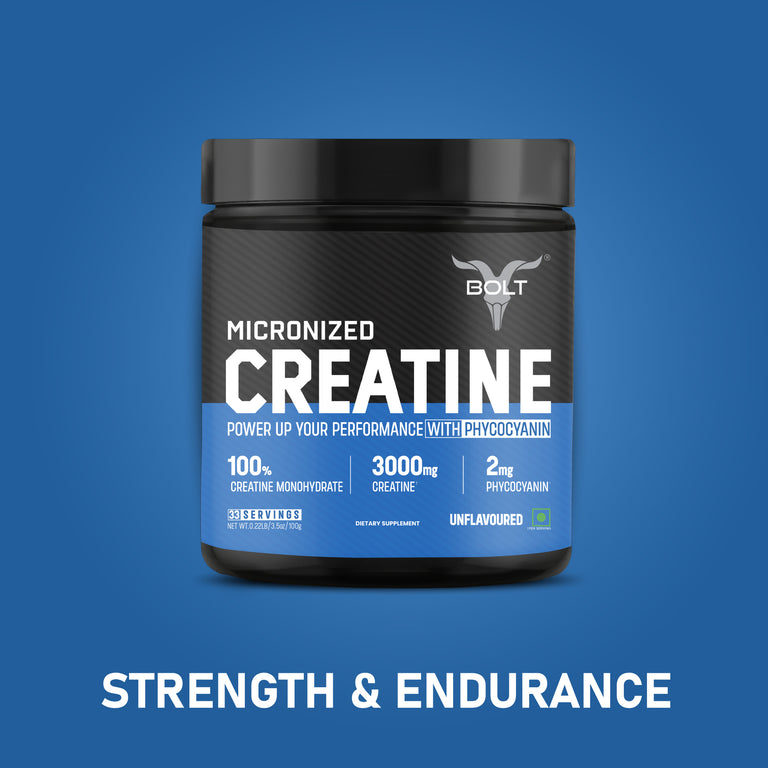
SOURCES OF FIBER IN REAL FOOD
byYou probably are aware that fiber is important in your diet. You may even know the reason as to why fiber is an important element in your diet. But are you aware of the simpler ways to take in fiber without being dependent on pills? I’m assuming not.
You probably are aware that fiber is important in your diet. You may even know the reason as to why fiber is an important element in your diet. But are you aware of the simpler ways to take in fiber without being dependent on pills? I’m assuming not.
So, here is an outline of our top ten fibrous foods that can be an addition to your diet. Don’t forget that the average adult should take in 25 to 35 grams of fiber a day for best health results.
We are aware that fiber is crucial for our bowel movements as well as for a healthy heart, gut, lowering cholesterol, and regulating healthy levels of blood sugars. Even with the knowledge, people do not get sufficient fiber in their diet. The good part is that we have researched about the importance of fiber in a healthy diet. However, recent studies show that the most fiber supplements available in the market do not suffice the necessary needs as dietary fiber, which draws the central theme of this article–eating whole foods is the key to getting the fiber you need.
Soluble and insoluble fiber are both important to balance a healthy diet. Soluble fiber is, basically the fiber that can be broken down and eaten by the good bacteria in your gut. It facilitates a healthy microbiome in your colon. Whereas, insoluble fiber does not ferment which means, your body can’t use it, and neither can your intestinal flora. Basically, it goes into your mouth and comes out from the other end. The most notorious result is a surge in stool bulk, which is a primary reasons why insoluble fiber is mostly used to help with constipation.
Best sources of fiber you can include in your diet:
Beans and lentils – both are amazing sources of fiber. One cup (170 g) of cooked beans or lentils is capable of providing about 15-20 g fiber. The soluble fiber in beans is fermented which does sometimes results to gas, giving beans a bad rap. Gas is not always a bad thing, but to deal with this “side effect” try soaking dried beans a night before and rinse canned beans before preparing them.
Nuts and seeds – a source of soluble fiber that attracts water and transforms to gel during digestion. This slows digestion. ¼ cup (30 g) of almonds provides 4 g fiber. ¼ cup (30 g) of sunflower seeds provides 4 g fiber.
Pasta – 1 cup (160 g) of cooked whole wheat pasta provides 6 g fiber, 1 cup (160 g) of black bean pasta provides 12 g fiber. Usually, whole grain flours, breads, and cereals will provide more fiber than the alternate white product.
Alternative flours – 1 cup (160 g) of chickpea flour has 10 g fiber, 1 cup (160 g) almond flour has about 12 g of fiber, while whole wheat flour provides 13 g fiber per cup (120 g).
Oats – ½ cup (88 g) of oats provides 8 g of fiber, ⅓ cup (40 g) of oat bran provides 6 g of fiber.
Artichokes – weirdly, artichokes are a great source of an insoluble fiber termed inulin, which is a fiber that your intestinal bacteria loves to eat! One artichoke has 7 g of fiber to offer.
Dark leafy greens – cooked collard greens have 8 g of fiber per cup (36 g). 1 cup (30 g) of cooked spinach has about 6 g of fiber.
Berries – raspberries or blackberries are also an amazing source of fiber. Yum! About 1 cup (144 g) has 7- 8 g of fiber.
Pears – 1 medium-sized pear (with skin) has ~7 g of fiber.
Avocado – you knew this was coming, didn’t you? Well, one half of a medium-sized avocado has 5 g of fiber.
Simple tips to incorporate more fiber in your diet:
Go for a berry smoothie and mix some oats or wheat bran into it, slice up an avocado or some berries and mix them in as well.
Try almond, oat, or chickpea flour in your dishes
Look for the mixed nuts, or prepare your own homemade veggie chips instead of processed popcorn or chips.
Have a chili or lentil soup for dinner.
Try oats for breakfast. Go for overnight oats, oatmeal with wheat bran or berries, or a baked oatmeal delicacy, or even just add some oats to your regular yogurt.
Combining it all along…
Since you know that some of the best sources of fiber, here are some current suggestions of fiber intake and what they look like practically. According to guidelines, women should consume at least 30 to 35 grams of fiber each day, while men should take at least 40 to 45 grams per day.
To put that in literal terms, you may eat 1 cups of black beans (15 g of fiber), ½ cup of raspberries (4 g of fiber), 1 cup of oatmeal (8 g of fiber), and 1 cup of whole wheat pasta (6 g of fiber), which brings you to a total of 33 g of fiber. Simple, right?







